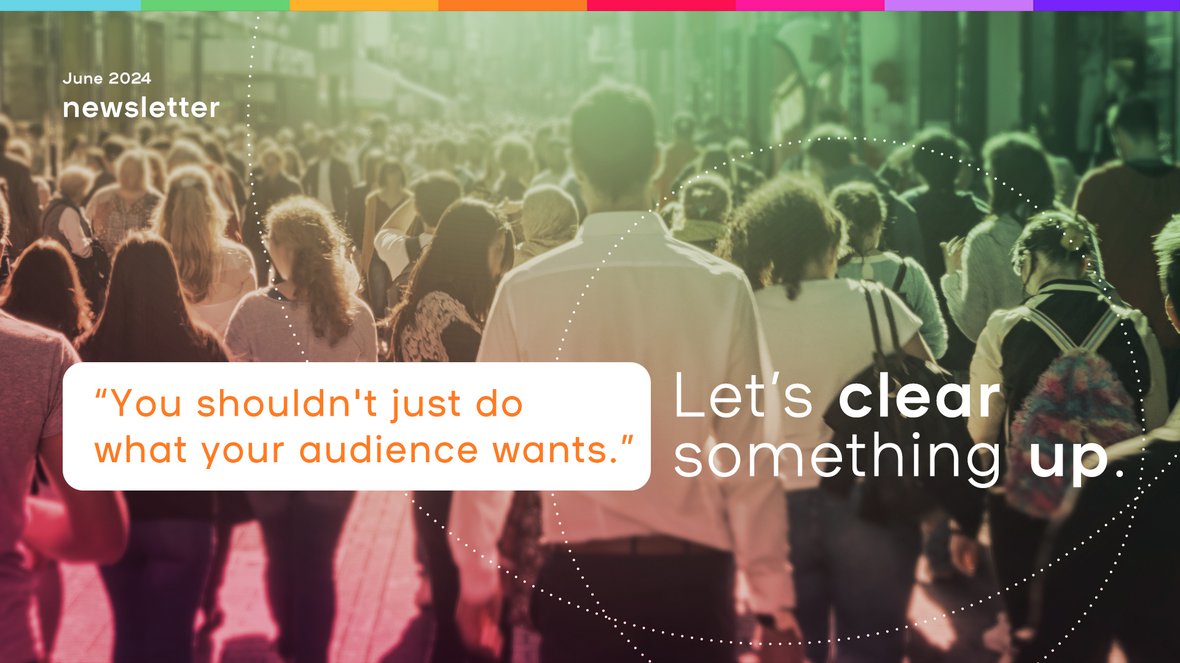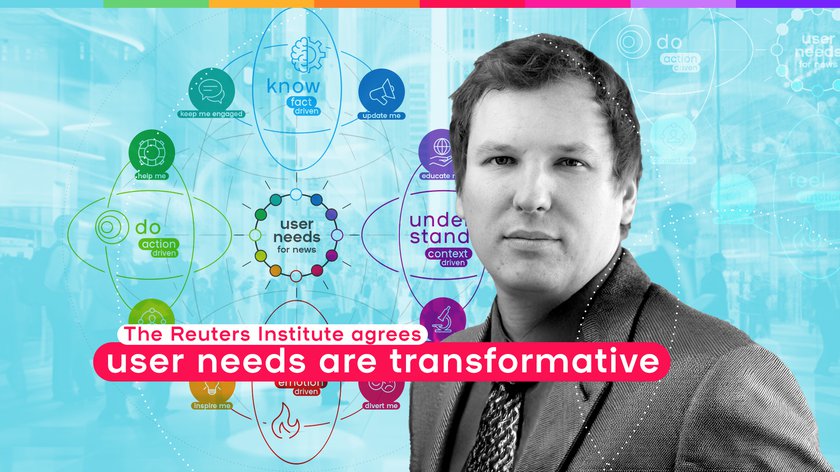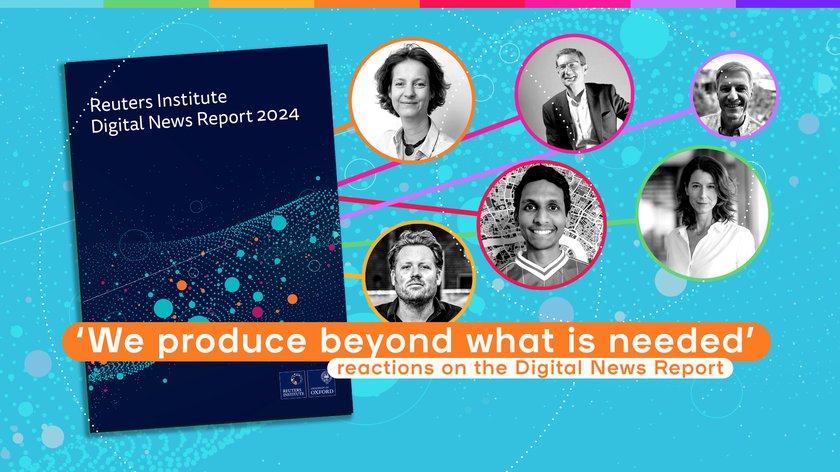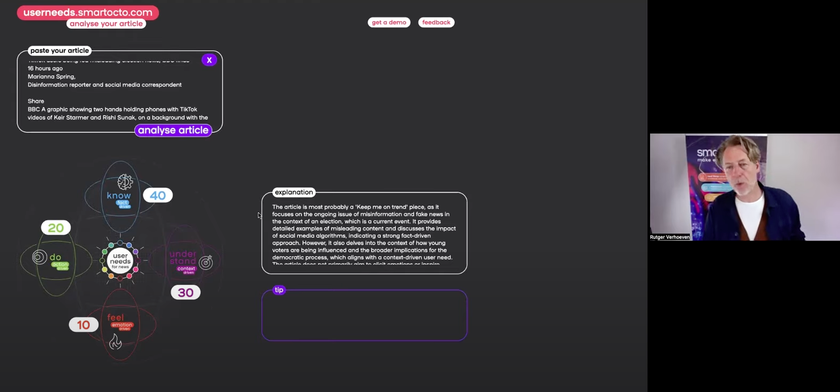Hello there,
Sometimes even we feel that we discuss user needs ad nauseum in this newsletter. But, the fact that the Reuters Institute for the Study of Journalism has used the User Needs Model 2.0 as a basis for a whole chapter in its renowned annual Digital News Report confirms our belief that we can transform journalism with it. There, that's said.
Therefore, it's challenging to see certain criticisms of models or data-driven work in general being dismissed with comments like: "You shouldn't just do what your audience wants."
There's something hypocritical about that. Mass media across Europe prominently feature their national teams on their homepages during the European Championship football, with much less coverage of other sports. Why is football more deemed important for newsbrands? Simply, because it attracts a larger audience.
So we need to dispel the biggest misconception about user needs, which is that the audience dictates what journalists should write about. No, that's up to you. User needs help you find a way to make your topic resonate best with your audience. The goal is to stay closer to your journalistic mission, to reach an audience through your values—an audience that either shares those values or is at least interested in them.
In our blog this week, we share what others have taken from the Digital News Report and contribute our own commentary on the research. We were, for example, surprised by how the Reuters Institute arrived at its conclusions about user needs.
Our comment: do consumers know what they want?
"In exploring user needs around news, our data suggest that publishers may be focusing too much on updating people on top news stories and not spending enough time providing different perspectives on issues or reporting stories that can provide a basis for occasional optimism."
This is written by Dr. Richard Fletcher, Director of Research at the Reuters Institute, in the Digital News Report.
News consumers in no less than 47 countries were asked what they want from the news, using the eight user needs from the User Needs Model 2.0 as a menu. At smartocto, we question if this is the best approach, as the received wisdom is that consumers often don’t really know what they want - or at least say they want one thing, when their actions show they want something entirely different.
Naturally, people in this study said that they primarily wanted factual updates. At smartocto, our data shows that context, inspiration, or service are considered more valuable. Nonetheless, the Reuters Institute arrived at interesting insights, as respondents were also asked how well they thought the media are doing in fulfilling these different needs.



